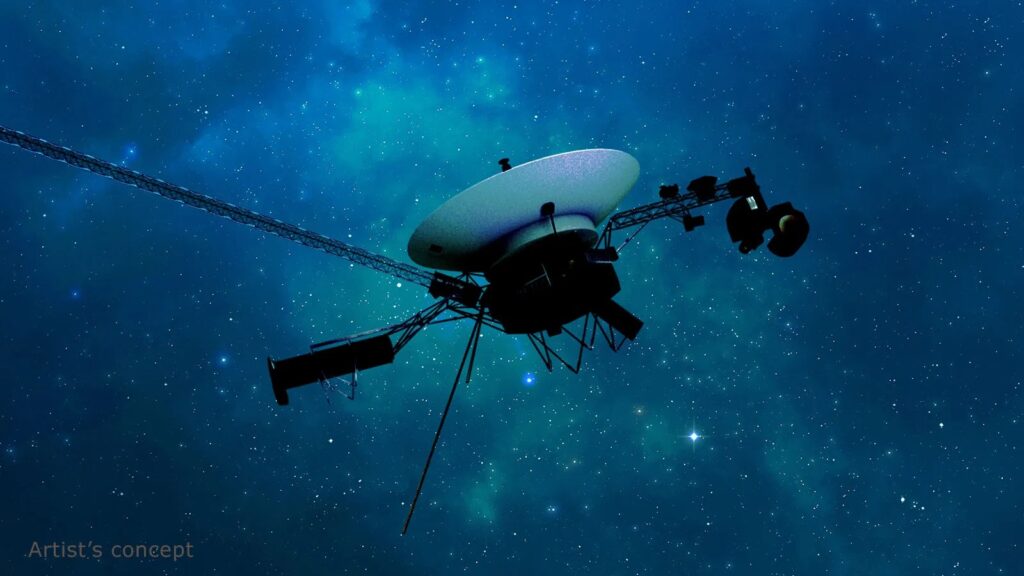NASA has announced encouraging news about the status of the Voyager 1 interstellar probe. It resumed transmitting data from its two scientific instruments.

Voyager 1 was launched in 1977 to study the giant planets of the Solar System. Despite the fact that it will soon celebrate its 47th birthday, the device is still in service, being the most remote object made by human hands from Earth.
At the same time, the advanced age of Voyager 1 is already making itself felt. In November 2023, the spacecraft faced one of the most serious crises during its long mission. Voyager 1’s chip, which contained part of the Flight Data System (FDS) code, failed. As a result, instead of useful information, it began to transmit a meaningless set of ones and zeros to Earth.
It took NASA engineers five months to understand the cause of the problem and work out a solution in the form of transferring the code from the failed site to other parts of the FDS. This made it possible to resume receiving telemetry from the probe.
The next step was the resumption of scientific work. On May 17, engineers sent Voyager 1 a command that allowed them to begin receiving information from two of the four still functioning instruments of the spacecraft: a plasma wave subsystem and a magnetometer. Currently, mission specialists are determining the steps to recalibrate the two remaining instruments (a cosmic ray subsystem and a low-energy charged particle instrument). It is expected to take several weeks. After that, Voyager 1 will finally return to service.
To date, Voyager 1 is located at a distance of over 24 billion km from Earth. Together with its “brother” Voyager 2, they are the only spacecraft in history to explore interstellar space. According to NASA estimates, the Voyager pair will be able to transmit information to Earth until about 2027. After that, the energy generated by their on-board radioisotope generators will not be enough to continue working.
According to NASA


